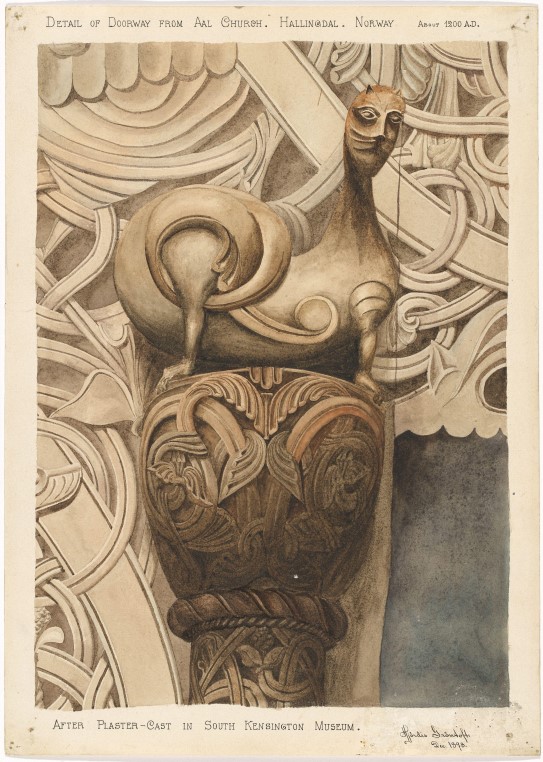
Dragons and Logs
2 February–21 April
The idea that houses can have a nationality is modern. One aspect of the growth of interest in different cultures during the 19th century was an international focus on different national styles of architecture. In Norway, stave churches and log-built farmhouses acquired the status of national symbols. These building traditions were used to construct ideas about Norwegian architecture and to market Norwegian products internationally.
“Dragons and Logs” shows how a selection of traditions became nationalised, and how the architecture of the day related to these traditions. What people perceive as national is constantly changing, but many of the 19th-century ideas about what makes a house typically Norwegian are still valid today.
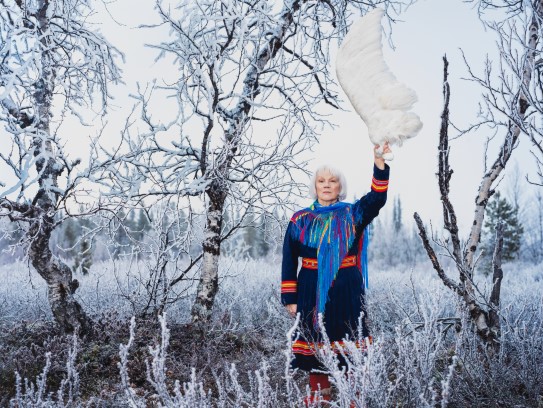
Britta Marakatt-Labba. Moving the Needle
15 March–25 August
For half a century, Britta Marakatt-Labba (b. 1951, Sápmi) has been one of Sápmi’s most prominent artists. Determined to raise the profile of Sami culture and history, she works primarily with embroidery, but also with watercolours, sculpture, installations and graphics. The exhibition presents a rich and diverse visual universe which explores issues such as the environmental struggle and climate crisis as seen from an indigenous perspective.
One of the founding members of the politically radical artist group Mázejoavku (the Masi group) in 1978, Marakatt-Labba was also active in the campaign of resistance to the development of the Alta-Kautokeino watercourse. With political activism still central to her art even today, she is considered an inspiration for a new generation of young people fighting for nature conservation in general and Sami rights in particular.
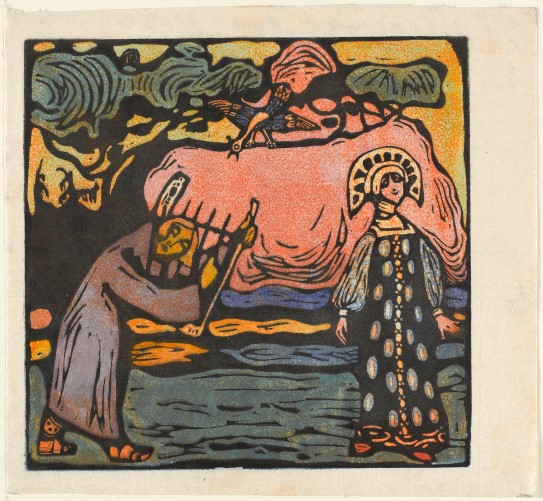
Wassily Kandinsky
2 May–18 August
Wassily Kandinsky (1866–1944) has had a significant influence on the development of abstract art. In 1886, he traveled to Munich to pursue his education as an artist. There, he experimented with and delved into various graphic techniques, particularly woodcuts. His motifs were inspired by his own childhood memories, music, folklore, legends, and fairy tales. In 1911, he painted the artwork considered to be the first abstract painting in art history, Composition II.
The exhibition is based on a generous loan from the Pompidou Center in Paris and is produced at the National Museum. Pompidou's extensive collection contains several works by Kandinsky that have rarely or never been exhibited, revealing a lesser-known aspect of his artistic career. The exhibition at the National Museum will showcase a selection of these early works.
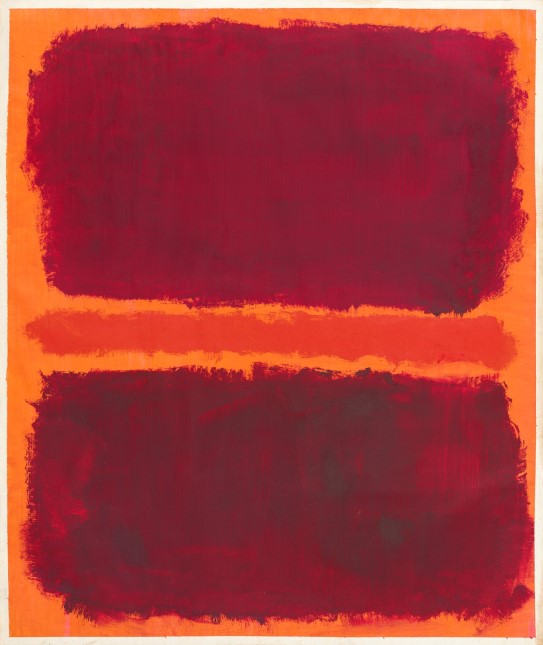
Mark Rothko. Paintings on Paper
16 May–22 September
This exhibition marks the first major presentation of American artist Mark Rothko (1903–1970) in the Nordic countries. One of the most important artists of the twentieth century, Rothko was central to the development of post-war abstract art.
This exhibition will examine approximately 100 paintings on paper made throughout Rothko's career, from figurative works of the 1930s, to mythological and surrealist works of the 1940s, to works from the 1950s and 1960s painted in the artist’s signature format: soft-edged rectangular fields arranged against monochrome backgrounds. Centering these paintings on paper offers a new view of the development of Rothko’s oeuvre.
The exhibition is organized by the National Gallery of Art, Washington. The National Museum will be its only venue in Europe.
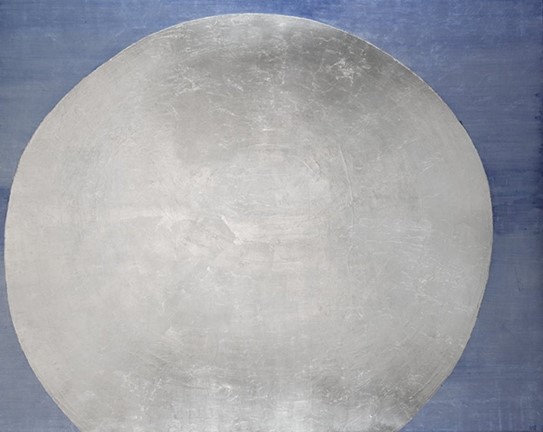
Becoming Anna-Eva Bergman
13 June–24 November
“The route to art passes through nature and our attitude towards it”, wrote Anna-Eva Bergman (1909-1987) in 1950. At the time, she was reinventing herself as an artist. She had decided to settle in France, but still she carried with her memories of Norwegian nature.
The exhibition “Becoming Anna-Eva Bergman”, opening in June 2023 in the Light Hall, shows Bergman’s path to an entirely new painting idiom. Here you will find many of the artist’s most iconic depictions of rocks, mountains, the sea, moon, horizons and architecture.
The exhibition is a collaboration between the National Museum, the Foundation Hartung Bergman in Antibes, and the Musée d’Art Moderne de la Ville de Paris.
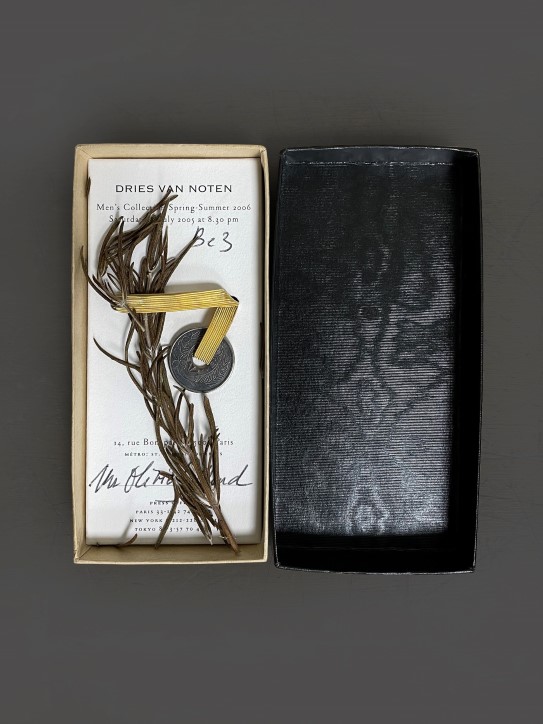
Ephemeral Matters. Into the Fashion Archive
26 September 2024–23 March 2025
Thix exhibition explores the meaning and power of fashion ephemera. Visitors will encounter an installation of selected printed fashion documents, such as letters, invitations and look books from unique private and public collections. What do these objects reveal and evoke about fashion?
The exhibition will be accompanied by a wide range of events including the annual Fashion Research Symposium, various workshops, talks and pop-ups.
The exhibition is produced in collaboration with guest curator Dr Marco Pecorari and based on his PhD dissertation; “Fashion Remains. The Epistemic Potential of Fashion Ephemera”.
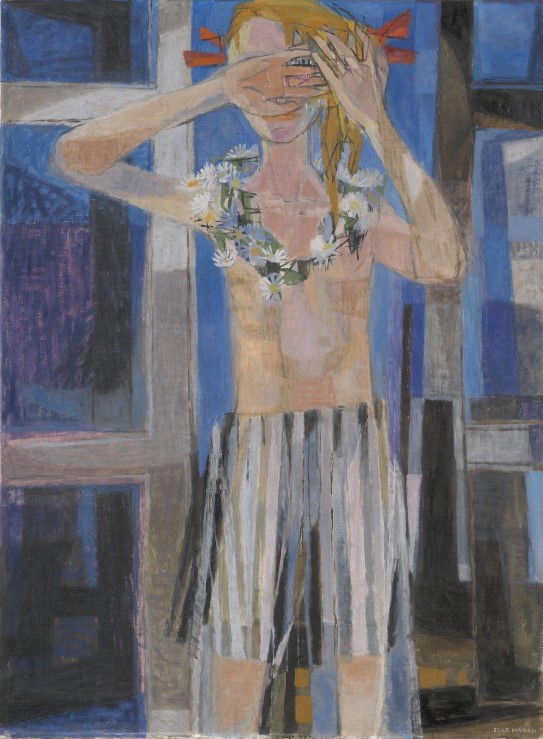
Else Hagen. Between People
10 October 2024–26 January 2025
Else Hagen (1914–2010) made her debut as an artist in the years before the Second World War, and was responsible for a rich artistic production in the post-war period. She worked with painting, prints and site-specific artworks in public buildings.
The human figure, female identity and interpersonal relationships are recurrent motives, but formulated in a modern, abstracted way. Was she a feminist before the second-wave feminism of the 1970s? Today, she is often referred to as the first female artist in Norway who was awarded and carried out large-scale public commissions, such as the sculptural work Society in the Norwegian parliament’s stairwell (1960–66).
The exhibition will cover Hagen's entire oeuvre, with an emphasis on paintings from the 1940s and 50s, her print production and a selection of her later sculptural works. In addition, through documentation, we will show some of her monumental public commissions.
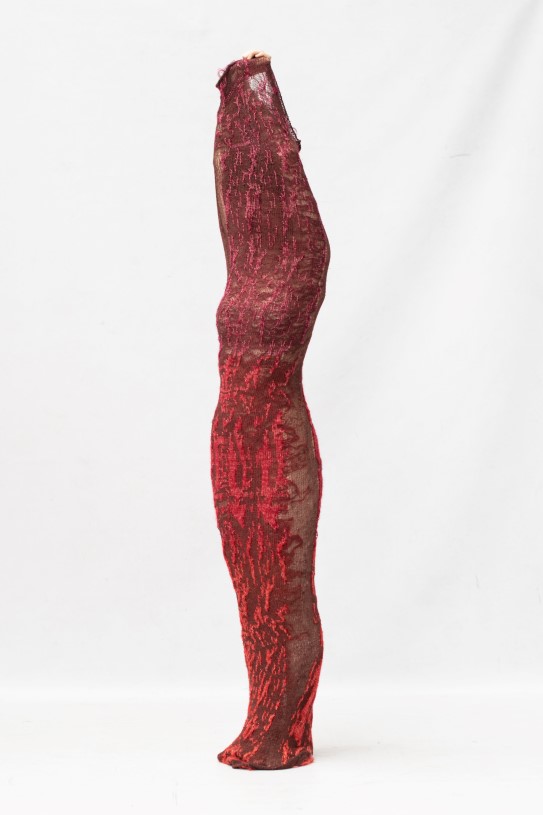
Beyond Bodies. Four Nordic Fashion Experiments
9 november 2024–23 march 2025
The exhibition “Beyond Bodies” showcases works from a new generation of emerging fashion talent, all recently graduated from Nordic fashion schools. Working at the intersection of fashion, handicraft, and art, these designers – Jennie Steen, Miriam Scheller, Ruusa Vuori, and Tilde Herold – expand the boundaries of fashion.
“Beyond Bodies” is presented as an installation in the social area of the museum, where you can experience three works by each designer. All the works experiment, from different perspectives, with the very essence of fashion – the body.
The works blur the boundaries between fashion and art. Using a mix of traditional and contemporary fashion design methods, craft techniques and materials – including pre-loved and recycled fabrics, innovative knitwear, homespun flax, insulation materials and hand-dyed silk – they create unusual shapes and hybrid forms that raise questions about heritage, identity, and borders.
“Beyond Bodies” is a collaboration between the National Museum and ALPHA – a Nordic platform for emerging fashion designers.